
Ingredient
Wood blewits
The Enigmatic Wood Blewits: A Hidden Gem in the Culinary World
Wood blewits are medium-sized mushrooms with a convex cap that ranges in color from lilac to purple-brown. They have a distinct earthy aroma and a delicate texture that becomes meaty when cooked. Their lilac color fades to a pale buff as they mature. Wood blewits are highly sought after by foragers and chefs for their unique flavor and versatility in various culinary applications.
Origins and history
Wood blewits are native to Europe and North America, where they can be found growing in deciduous woodlands, particularly under beech, oak, and coniferous trees. They have a long history of culinary use in European cuisines, especially in France and Italy. Wood blewits are often sautéed, roasted, or used in soups, stews, and risottos to impart their distinct earthy flavor and delicate texture.
Nutritional information
Wood blewits are low in calories and fat, making them a healthy addition to various recipes. They are a good source of dietary fiber, vitamins, and minerals, including potassium and copper. Additionally, they provide a modest amount of protein.
Allergens
May cause allergic reactions in individuals sensitive to mushrooms.
How to select
When selecting wood blewits, look for mushrooms that are firm, with a fresh and vibrant lilac color. Avoid mushrooms that are slimy, discolored, or have a strong unpleasant odor. It is best to forage for wood blewits with an experienced guide or purchase them from reputable suppliers to ensure proper identification and quality.
Storage recommendations
To maintain the freshness and quality of wood blewits, store them in a paper bag or a breathable container in the refrigerator. Avoid washing them until ready to use, as excess moisture can cause them to deteriorate quickly. Wood blewits are best consumed within a few days of harvesting or purchasing.
How to produce
Wood blewits can be challenging to cultivate at home due to their specific growing requirements. However, they can be found in the wild during their growing season, making foraging a popular option for obtaining fresh wood blewits. Consult with local foraging experts or mycological societies to learn about safe foraging practices and identification techniques.
Preparation tips
Before using wood blewits, it is essential to clean them thoroughly to remove any dirt or debris. Trim the base of the stem if necessary. Wood blewits can be sautéed, roasted, or used in soups, stews, risottos, and pasta dishes. They pair well with herbs such as thyme, rosemary, and sage, as well as ingredients like garlic, onions, and cream. Their delicate flavor shines when cooked simply, allowing their earthy notes to take center stage.
Substitutions
Cremini mushrooms or shiitake mushrooms can be used as substitutes for wood blewits. While they may not replicate the exact flavor and texture, they can provide a similar earthy and meaty quality to dishes.
Culinary uses
Wood blewits are highly versatile and can be used in a variety of culinary applications. They can be sautéed and served as a side dish, added to soups and stews for depth of flavor, or incorporated into risottos and pasta dishes. Their delicate texture and earthy flavor make them a favorite among chefs for creating elegant and flavorful dishes.
Availability
Wood blewits are commonly found in Europe and North America, particularly in deciduous woodlands under beech, oak, and coniferous trees. They are also cultivated in some regions, but their availability is more limited compared to other mushroom varieties.
More ingredients from this category » Browse all

Corn smuts
The Mysterious Corn Fungus

Pleurotus
The Versatile Oyster Mushroom

Pom-pom blancs
The Delicate Delight: Exploring the World of Pom-pom Blancs

Snow mushrooms
The Delicate Beauties of the Forest

Common mushrooms
The Versatile Fungi
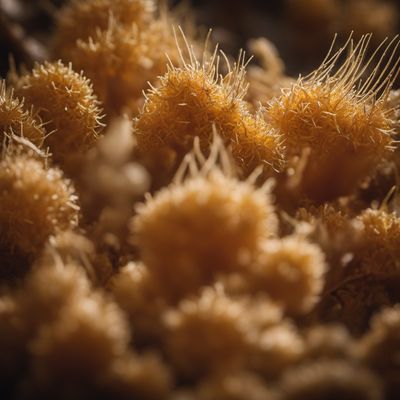
Fusarium venenatum
The Fungal Protein: Fusarium Venenatum

Jew's ears
Nature's Edible Fungi: Unveiling the Secrets of Jew's Ears

Paddy straw mushroom
The Golden Fungi

Shimeji
The Delicate Mushroom: Shimeji

Other cultivated fungi
Exquisite Edible Fungi

Enokitake
The Delicate Beauty of Enokitake Mushrooms

Shiitake
The Mighty Shiitake
Recipes using Wood blewits » Browse all
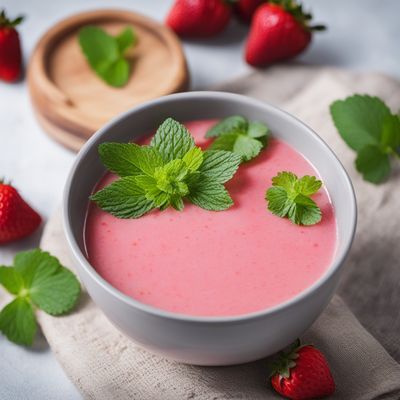
Circassian Strawberry Soup
Velvety Delight: Circassian Strawberry Soup

Café de Paris Sauce Recipe
Savory Delight: Café de Paris Sauce
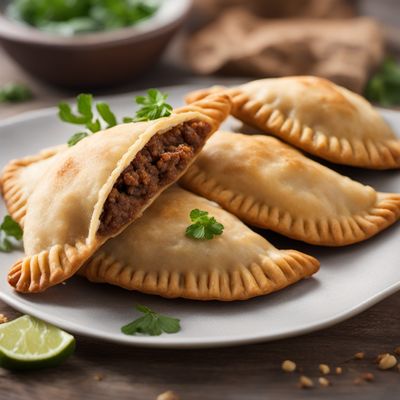
Argentinian Lamb Empanadas
Savory Delights: Argentinian Lamb Empanadas

Empanada Catamarqueña with a Twist
Savory Delight: A Modern Twist on Argentinian Empanada Catamarqueña

Kozjanska Kruhova Potica
Heavenly Slovenian Nut Roll

Samoan Coconut Turnovers
Tropical Delights: Samoan Coconut Turnovers

Pasta Primavera with Fresh Vegetables
Garden Delight Pasta: A Burst of Freshness in Every Bite
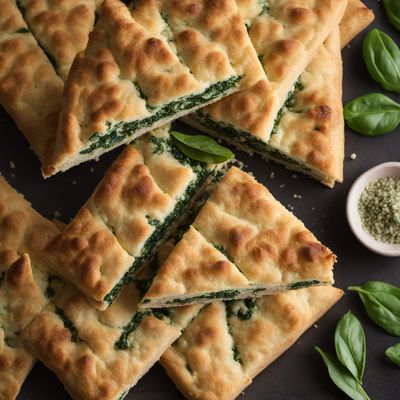
Georgian Spinach and Cheese Bread
Savory Delight: Georgian Spinach and Cheese Bread

Ivorian-style Beef Empanadas
Savory Ivorian Beef Pockets: A Fusion of Flavors

Haagse Bluf with a Twist
Fluffy Clouds of Delight: A Modern Twist on Haagse Bluf
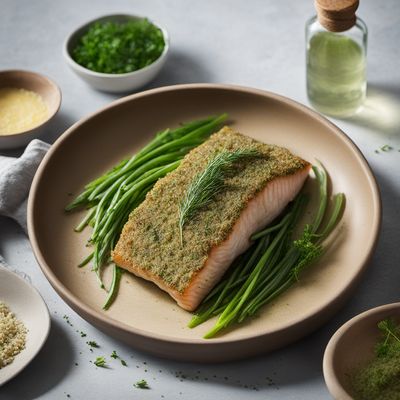
Luxembourgian Herb-Crusted Pike
Savory Delight: Herb-Crusted Pike from Luxembourg

Çiğ Börek with a Twist
Savory Turkish Delight: Çiğ Börek Reinvented